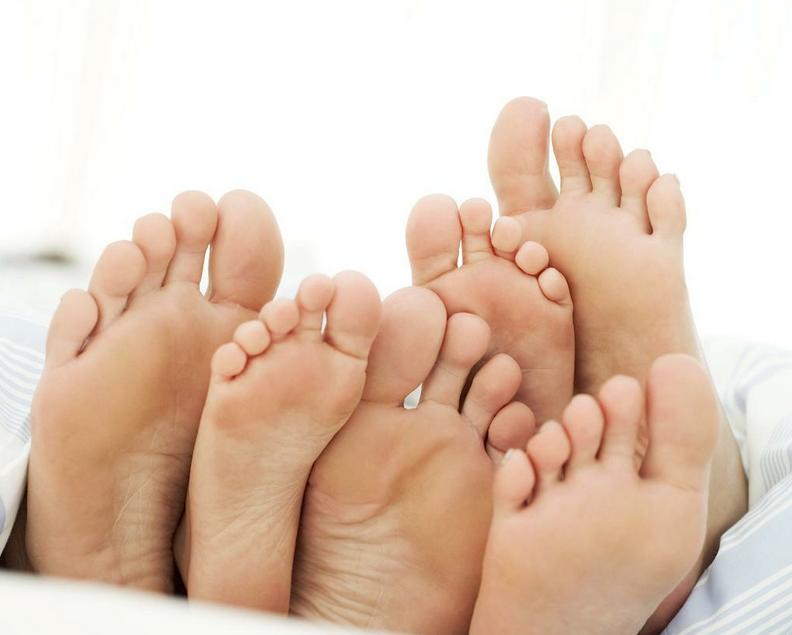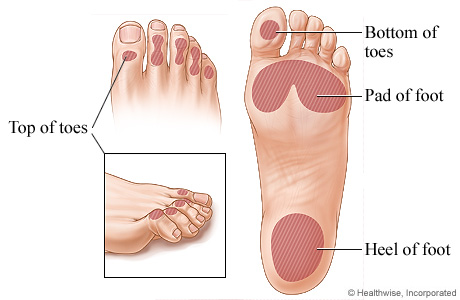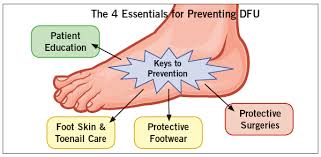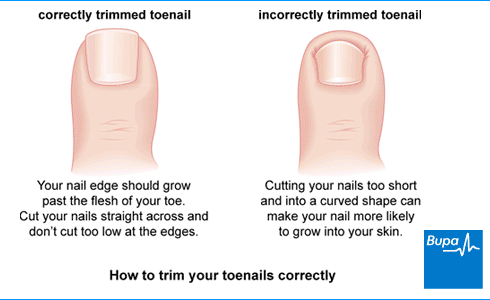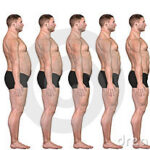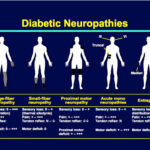Feet are, strangely, the most neglected of all the body parts. There are many who pamper their feet, more ladies than men. The feet are an important part to be checked for while being a diabetic. Generally the problems with the feet can occur whether one has either type 1 or 2 diabetes, whether young or old and in any part of the feet though generally the under surface are affected more than any other part of the feet.
Feet are the parts of the body that keep one mobile, that maintain the balance and stance of a person, help drive us around, help us to swim, pedal a cycle, go on hikes or trekking, the list is endless.
Causes of foot problems while having diabetes mellitus:
• Trauma to the foot due to poor or ill fitting footwear, not wearing a footwear,
• Foot deformities such as an in growing toe nail caused by improper nail clipping, having flat foot when the arches of foot collapse, having claw toes, having over ridden toes.
• Poor blood flow to the feet due to small blocks in the blood vessels
• Neuropathy due to diabetes which leads to poor sensation- impaired sensation to temperature changes or pain or touch.
• Lack of proper access to proper education.
• Living alone.
• Poor socioeconomic conditions
• Poor control over blood sugar, blood pressure and cholesterol.
• Smoking
• Previous amputation or ulcer foot
• Poor eye sight
What can be done to prevent foot problems?
DFU- Diabetic foot ulcer
• Maintain good blood sugar and blood pressure control
• Maintain normal lipid levels
• Stop smoking
• Regular exercise
• Check the feet regularly– check for cracks or fissures on the heels. Check between the toes for any fungal infection.
• While clipping the nails make sure it is cut straight taking care not to take the corners. The corners can be filed.
• Do not cut callosities which are thickened pads of skin. Have either a trained podiatrist( who specializes in foot care and pedicure) manage it. You also use a pumice stone after bathing to rub down the thickened skin.
• Apply moisturizing creams on the feet and under surface before retiring at night. Take care not to apply moisturizing creams between the toes as they will retain moisture and favor fungal infection. Use the ones containing Aloe Vera or vitamin E.
• Use a hand held mirror to check the under surface of the feet.
• Use cotton based socks without tight bands. Some socks now come with silicone impregnated gel pads as well.
• Use shoes that are one size bigger. Buy the shoes towards the end of the day when the feet will be swollen slightly. There should be enough room for the toes to wriggle comfortably. Wear and also the sole of the footwear for any nails or sharp objects. Pointed shoes are not advisable.
• Check the inside of the footwear with the hands for any irregularity or wearing off.
• Have the feet checked at least once by a health care provider.
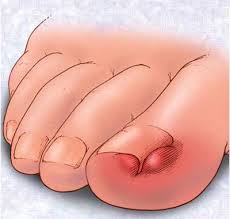
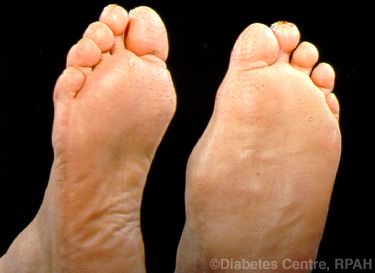
Charcots foot
This is a foot disorder that can happen to almost anybody with diabetes. The loss of deep sensation leads to destruction, degeneration and disorganization of the bones and joints of the foot. The foot can be swollen, warm to touch and be red. But, the pulses of the feet will be normal on examination. Once suspected of this, you will be referred to either a foot care team or the orthopedic doctor. Normally, the foot will be immobilized in a cast. This will be removed after a period of time as suggested by the team and protective custom made footwear will be given.
For those who are used to wearing high heel footwear, the pressure while walking is shifted to the forefoot and there will be strain on the Achilles tendon at the back of the foot ( the thickened cord felt behind the ankle)
Regular check up of the feet:
The feet will be checked for color, any cracks, any infection between the toes, any deformities, any callosities, and non healing wounds, any color changes, the skin of the feet, the hair growth and the nails.
Blisters are water filled collections ,corns are thickened skin due to repeated friction, calluses occur usually on the bottom of the feet which are due to thickened pads of skin, and bunions are those out projections seen from the joint of the big toe which is a structural deformity.
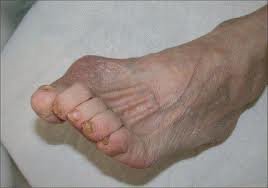
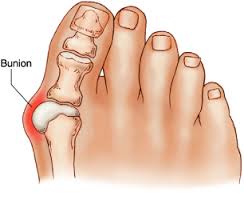
The feet will be checked for local warmth, the sensation will be checked with a monofilament, the sensation to appreciate hot and cold sensations, vibration sense will be checked. The pulse will be checked for on the feet. The ankle brachial index ( comparing the pressure of the ankle and arm BP are compared to assess blood flow) are checked in high risk feet.
A podoscan can be used to measure the pressure while walking or stepping.
Customized foot wear is often required when there is a problem to the feet which have to be designed by cobblers specialized for this.
There are tests to measure the amount of blood flow to the legs such as an ultrasound Doppler test ( which is non invasive) or an angiogram which is invasive. If blood flow is compromised ,depending on the severity, either medicines or stents or surgery are advised.
Ulcers ( breach of the skin) may heal with medicines or may remain active or in some people may progress rapidly to cause infection. In some cases, an amputation is performed to save the limb or even life. There are many comfortable prostheses available in the market to get over the handicap.










